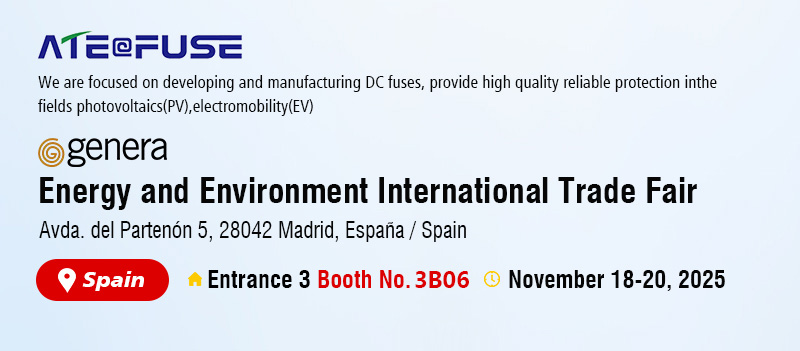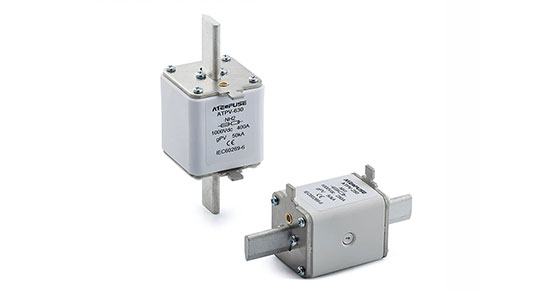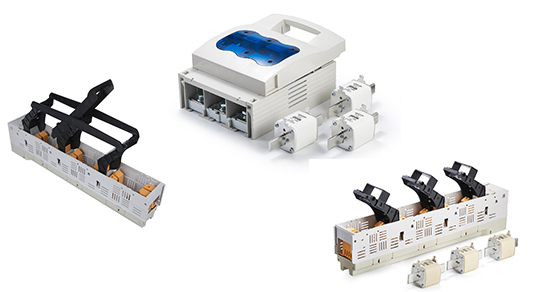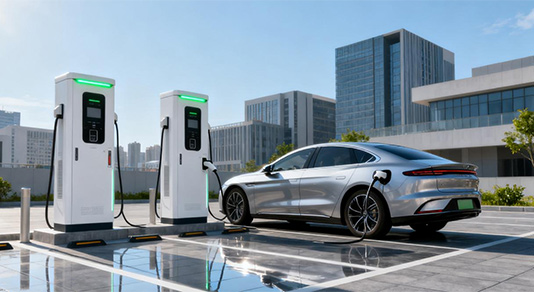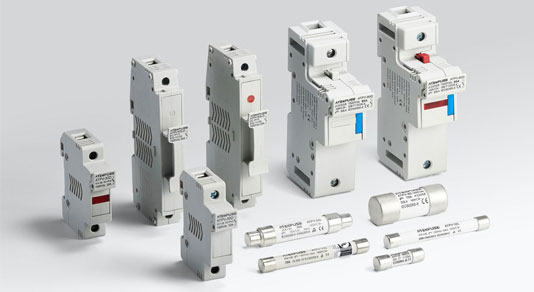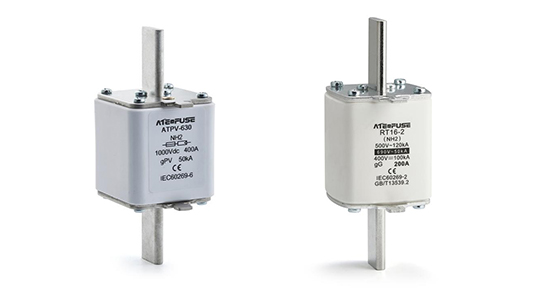What Is a DC Surge Protective Device?
As new energy systems (solar PV, EV charging, energy storage ESS) grow common, DC electrical setups are everywhere. Unlike AC systems, DC has no natural “zero-crossing” to calm voltage spikes (surges) from lightning, grid shifts, or sudden loads—surges that break sensitive gear. A DC Surge Protective Device stops these surges, keeping DC systems safe long-term. This guide breaks down its key role, must-have features, and real uses.
Why DC Surge Protection Is a Must for New Energy
New energy systems face tough conditions: PV panels endure storms, EV chargers handle quick current changes, and ESS needs steady power. All can trigger surges that fry circuits, disable equipment, or start fires.
Without protection, surges are costly: A single lightning strike on a solar farm might break dozens of inverters, halting power for weeks. DC systems are extra at risk—surges last longer without a zero-crossing. Surge protection isn’t optional; it’s essential.
3 Key Features of a Good DC Surge Protective Device
Not all surge protectors work for DC. The best have three tested features for DC’s unique challenges:
1.Tough, Safe Materials
Unlike AC surge protectors (often with fragile ceramic parts), DC versions use stronger materials like melamine tubes. Melamine resists cracking, handles vibrations, and is flame-retardant, light, and eco-friendly—ideal for outdoor PV or enclosed ESS.
2.High Breaking Capacity
"Breaking capacity" is a device's ability to stop excess surge current. DC needs more than AC (since DC current is steady). A good DC Surge Protective Device has at least 50kA capacity—enough to handle lightning surges and protect downstream gear.
3.Global Safety Certifications
Trustworthy options pass strict tests, with labels like UL, TUV, CE, IEC 60269-4, or China's GB/T 13539.4. These prove the device works in real new energy conditions (e.g., heat resistance, strong insulation).
How DC Surge Protectors Work in Real Projects
Big new energy setups show exactly how these protectors act. Here are three clear examples:
1.Floating Solar
Risk: Lightning (sends massive surges) and rain (worsens damage) threaten lake-based panels.
How it works: When struck by lightning, the DC Surge Protective Device absorbs high voltage. Paired with 1500Vdc fuses (blocks excess current), it keeps surges from reaching inverters and panels.
Result: Powers 100,000 homes yearly—nearly zero downtime from weather surges.
2.Rooftop Solar
Risk: Grid voltage jumps damage solar inverters.
How it works: The protector diverts extra current from inverters during grid spikes, keeping DC voltage stable.
Result: No broken inverters—steady solar power cuts the factory’s peak electricity costs.
3.Solar Parking Sheds
Risk: Variable solar current and sudden EV charging spikes damage chargers/batteries.
How it works: Detects spikes in real time, intercepting extra current before it reaches EV ports or batteries.
Result: Reliable EV charging—no broken gear or grid disruptions.
Conclusion
As new energy powers more of the world, DC Surge Protective Device grows critical. It’s not just a protector—it enables safe, efficient long-term operation of DC systems. Focus on tough materials, high breaking capacity, and certifications to keep your setup surge-free.
